1. Ice Cutter
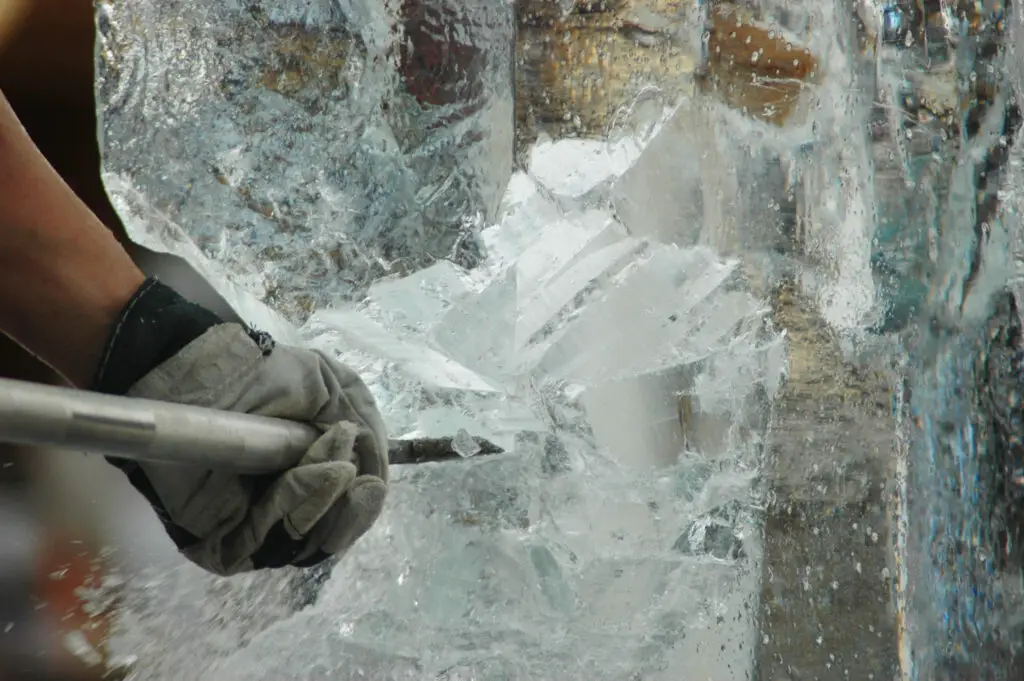
Before modern refrigeration, ice cutters braved frozen lakes to harvest massive blocks of ice by hand. These men would walk onto unstable, cracking surfaces with saws and axes, carving out the ice and dragging it to shore, often with horses or rudimentary machinery. The work was grueling, cold, and incredibly dangerous—people regularly fell into freezing water or were crushed by ice blocks. Back then, though, it was just another day on the job, necessary for keeping food fresh in iceboxes across the country shares Listverse.
Today, it’s almost hard to believe this was ever a “normal” job. With the press of a button, we can make ice in our own kitchens. But for decades, entire communities depended on ice cutters and the frozen bounty of winter. What was once a seasonal necessity has now become a relic of the past, preserved mostly in old photos and documentaries. It’s a reminder of how much we’ve come to rely on technology for things we once did manually—and at great personal risk adds MSN.
2. Chimney Sweep
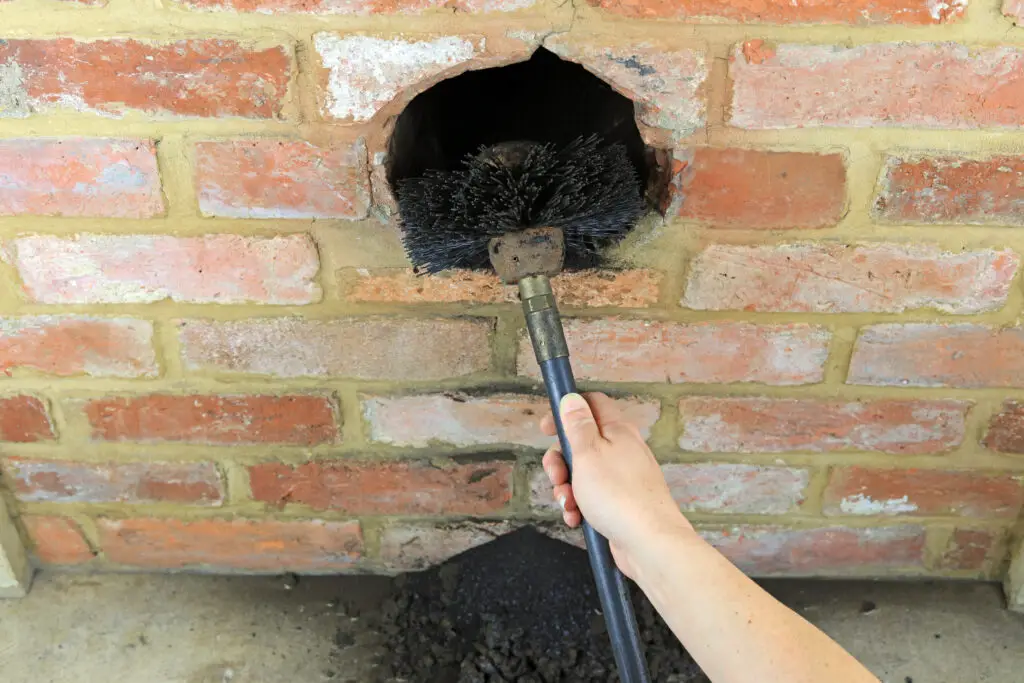
In Victorian England, chimney sweeping was considered a standard trade—even for children. Young boys, some as young as six, would climb up narrow chimneys, scraping soot and ash while risking falls or getting stuck inside. The work was filthy and hazardous, often causing long-term respiratory issues or worse. It was normal at the time, even seen as a respectable way to make a living if you were poor says BBC.
These days, the thought of sending a child up a chimney is horrifying. We’ve got vacuum-powered cleaning tools, protective gear, and strict safety regulations. The job hasn’t disappeared entirely, but it’s changed dramatically. Still, the image of the child chimney sweep has become a haunting symbol of just how dangerous “normal” once was. And while Mary Poppins made it seem whimsical, real-life chimney sweeps had it anything but easy shares Business Insider.
3. Human Alarm Clock

Before alarm clocks were in every bedroom, “knocker-uppers” were hired to wake people up by tapping on windows with sticks or shooting peas at glass panes. They would often work in the early hours of the morning, walking long routes in all kinds of weather. Some even used straws to blow dried peas at upper-story windows. It was a practical, if odd, solution to a very real problem: people needed to wake up on time, and this was the best method available.
Now, of course, we’ve got alarms on our phones, watches, and smart speakers. But for many years, human alarm clocks were an actual profession, particularly in Britain and parts of Ireland. They were dependable and surprisingly well-regarded in their communities. Looking back, it seems like something out of a fairy tale. But it just shows how much society has changed in a short time.
4. Radium Girl

In the early 1900s, women known as “Radium Girls” worked in factories painting glow-in-the-dark watch dials with radium paint. To keep the brushes sharp, they were instructed to lick them—unaware that radium was radioactive. It seemed like a normal factory job at the time, and the women often went home glowing from the dust on their clothes and skin. Sadly, many became gravely ill, developing anemia, jaw necrosis, and various cancers.
It wasn’t until years later that the dangers of radium exposure became widely known. The Radium Girls’ legal battle helped change workplace safety standards across the U.S., but only after immense suffering. What was once viewed as steady, respectable work turned out to be one of the most hazardous jobs in history. It’s a chilling example of how “normal” can sometimes hide unimaginable risks. Their story is both tragic and crucial to the labor rights we now take for granted.
5. Pinsetter

Before automatic bowling machines existed, boys—often teenagers—were hired to reset bowling pins by hand and roll back the balls. They’d crouch behind the lanes, dodging errant balls and quickly resetting pins between turns. It was a noisy, chaotic environment and accidents were common. But in the 1930s and ’40s, this was just considered part-time work for kids looking to make a little extra money.
These days, it’s almost unimaginable to have people manually handling pins in the middle of a fast-paced game. The job has since been replaced by machines that do it faster and safer. While it might seem nostalgic, it was dangerous and physically demanding work. Still, for a while, it was just another common gig for teenagers. Some even look back fondly on it, though probably with a touch of disbelief.
6. Leech Collector

Leeches were once a medical cure-all, and someone had to go out and get them. That someone was the leech collector, usually a poor laborer or even a child, who waded barefoot into swamps and ponds. Leeches would attach to their legs, and they’d gather them up to sell to doctors and apothecaries. While it sounds like something out of a horror movie, it was a completely normal job in the 18th and 19th centuries.
Getting bitten repeatedly and risking infections or illness from stagnant water was just part of the deal. It was messy, uncomfortable, and pretty dangerous, but it paid. Now we only use leeches in very specific medical cases—and they’re farmed under sterile conditions. The days of trudging through a swamp with leeches up your legs are, thankfully, behind us. But it’s wild to think that it was once a common way to earn a living.
7. Switchboard Operator
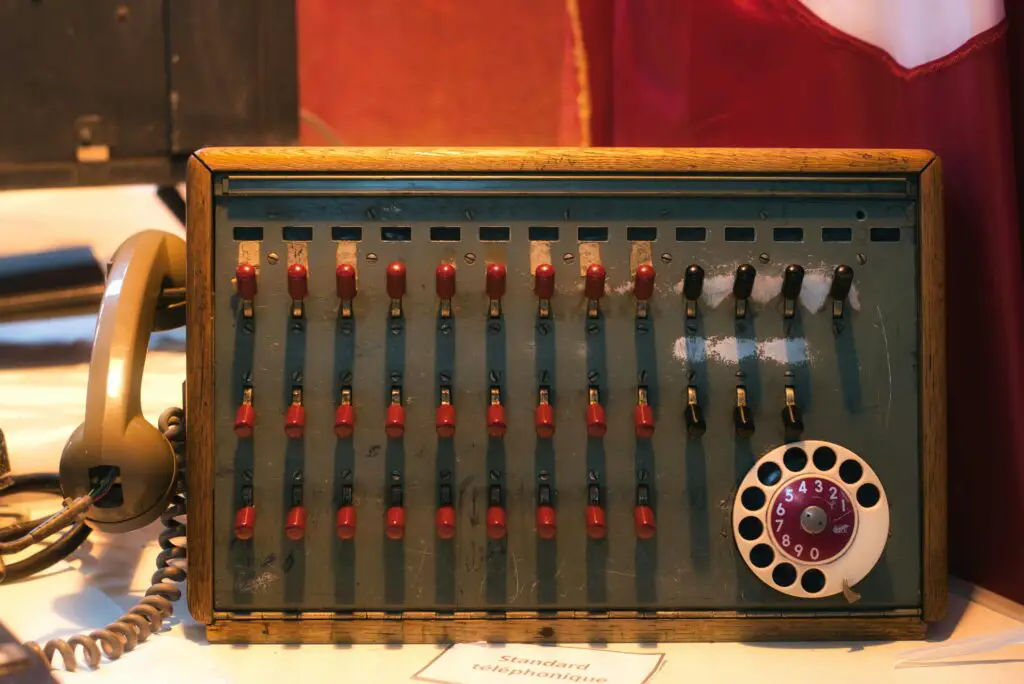
For decades, switchboard operators were the human link behind every phone call. These workers—mostly women—manually connected calls by plugging cords into the right jacks on a giant board. It was considered a respectable job and required quick thinking and multitasking. But it was also high-pressure and often tedious, with long hours spent seated and dealing with cranky callers.
Today, the job has been entirely automated. We rarely even think about how our calls are routed now. But for years, this was a cornerstone of the communication industry. While it wasn’t dangerous in the physical sense, the mental toll and the constant repetition made it exhausting. It’s strange to think how something once so essential is now completely obsolete.
8. Gong Farmer
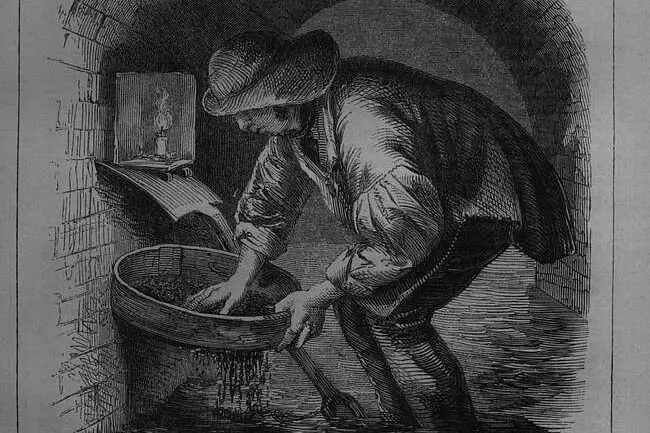
In Tudor England, gong farmers had the unenviable task of cleaning out cesspits and collecting human waste. They worked mostly at night and were required to live outside of city walls due to the stench. It was filthy and dangerous work, exposing them to toxic gases and all sorts of diseases. Yet it was a necessary job, and someone had to do it.
What’s shocking is that they were often paid quite well—because nobody else wanted to do it. These workers were vital to public sanitation long before modern plumbing existed. It’s not just the danger or the gross-out factor that makes this job bizarre today—it’s how normalized it once was. Now, sanitation workers still do tough jobs, but they have equipment, trucks, and safety gear. Back then, it was just a bucket and a shovel.
9. Powder Monkey
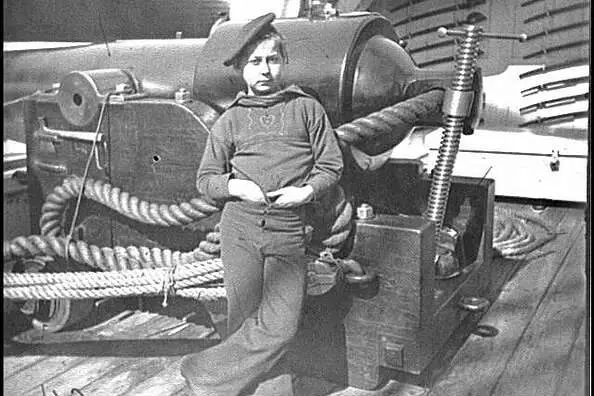
On 18th- and 19th-century warships, powder monkeys were young boys who ferried gunpowder from the ship’s hold to the cannons. They had to move quickly, stay low, and avoid enemy fire—all while carrying something that could blow them to pieces. The job was dangerous, intense, and often performed under chaotic conditions during battle. Despite the risks, it was seen as a way for young boys to “serve their country.”
It’s hard to fathom now that kids were put in such perilous roles during wartime. Naval combat is still dangerous, of course, but no one would dream of putting a 12-year-old boy in the line of fire today. Powder monkeys were essential to the firepower of old naval fleets, but their safety was rarely a concern. Looking back, it feels more like a tragic piece of history than a real job. But for centuries, it was just how things worked.
10. Telegraph Operator
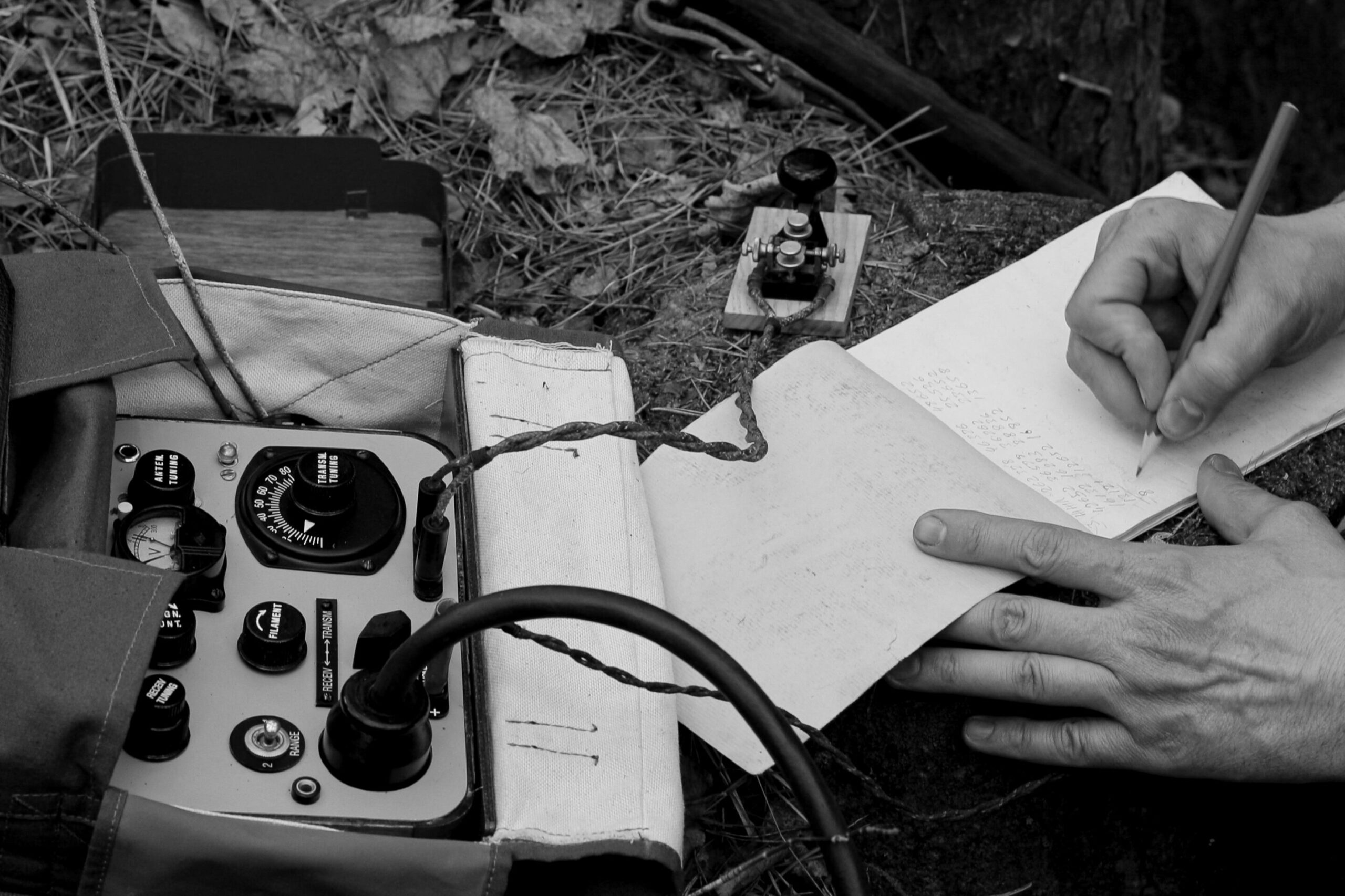
Once upon a time, sending a message meant tapping out Morse code for hours on end. Telegraph operators were the lifeline between towns, railroads, and even continents. The job required incredible focus and a knack for deciphering dots and dashes at lightning speed. Operators often worked in isolation, sometimes in remote locations with little contact with the outside world.
Though it sounds quaint now, it was considered cutting-edge communication for its time. The pace was intense, especially during wars or disasters when rapid communication could mean life or death. These workers were trusted with important, sometimes classified messages. Nowadays, instant messaging and emails have replaced the skill entirely. But without telegraph operators, modern communication wouldn’t have evolved the way it did.
11. Soda Jerk
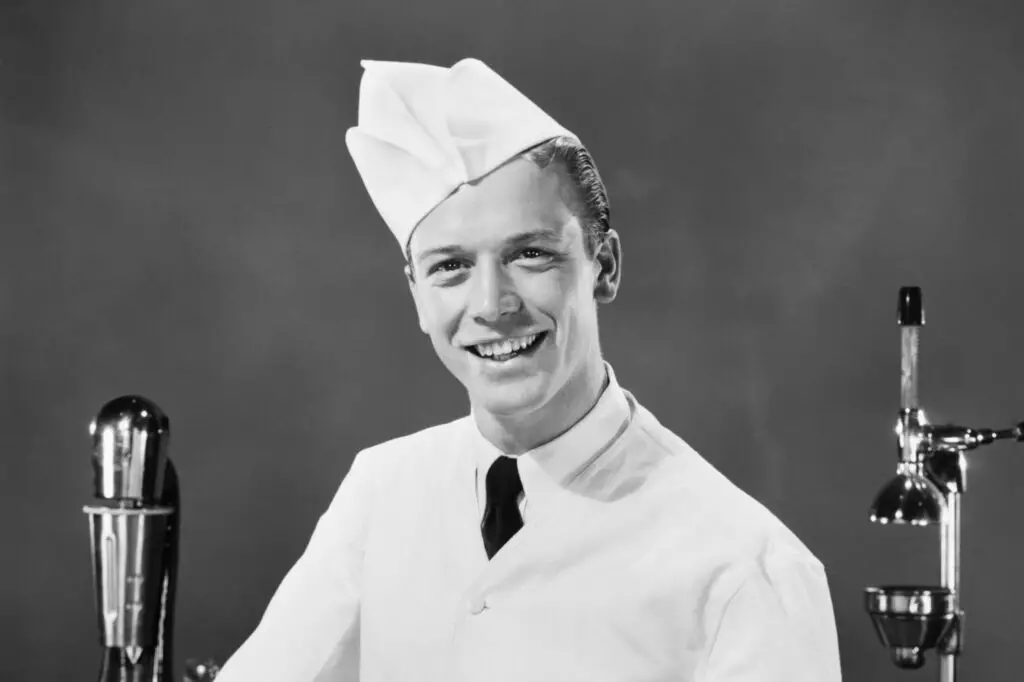
In the ’40s and ’50s, being a soda jerk was practically a rite of passage for young workers. These employees manned the counters at drugstore soda fountains, whipping up sundaes, milkshakes, and egg creams with flair. It was a lively, social job that combined performance with customer service. And back then, it was one of the more “fun” jobs available to teens.
Still, the role demanded speed, charm, and stamina—especially during busy weekend shifts. The job faded out as soda fountains disappeared and fast food chains took over. Now it feels like a charming snapshot of the past, complete with paper hats and chrome counters. While not bizarre in a dangerous sense, it’s definitely a role that feels out of place in today’s world. But for many, it was once the ultimate after-school gig.
12. Typist Pool Worker
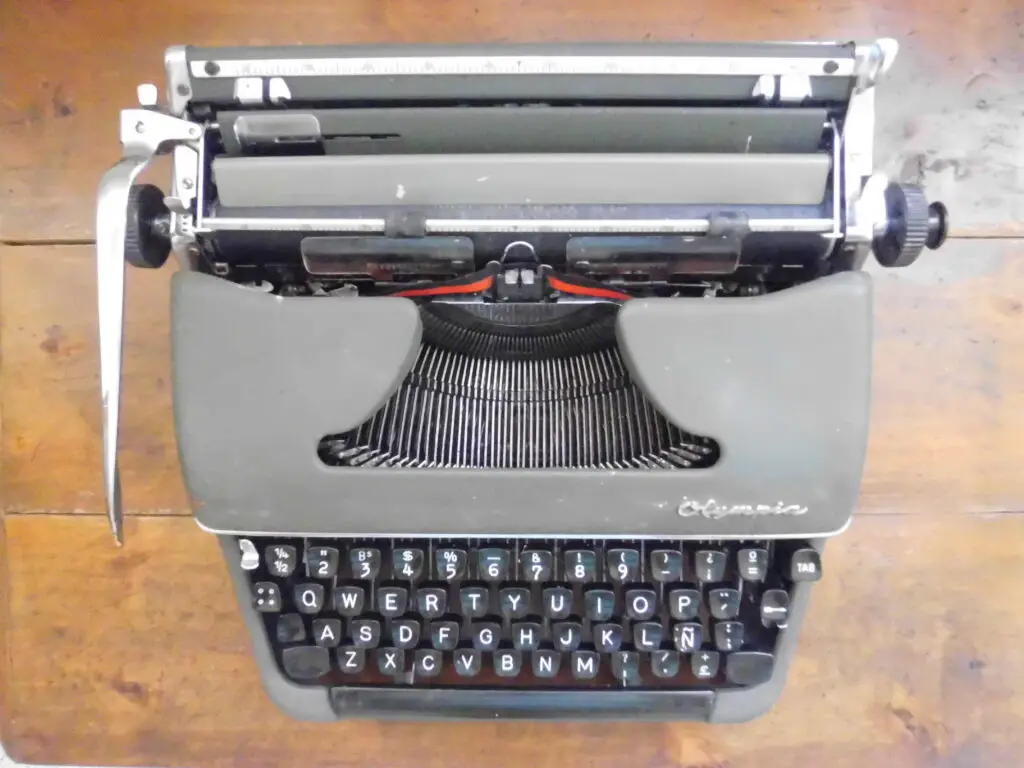
In the mid-20th century, large offices often had entire rooms filled with typists—usually women—who typed all day long, sometimes from dictation or handwritten notes. The clatter of typewriters was constant, and the pressure to be fast and error-free was intense. Typists were judged on their words per minute, and mistakes could cost them promotions—or even their jobs. For decades, this was just a standard part of office life.
But what once felt modern now feels archaic. Computers and voice-to-text software have eliminated the need for mass typing teams. Office dynamics have changed, and so have the expectations of what work looks like. The idea of a “typing pool” is now more likely to pop up in an old movie than a job listing. It’s one more example of how fast “normal” can turn into “nostalgic.”
